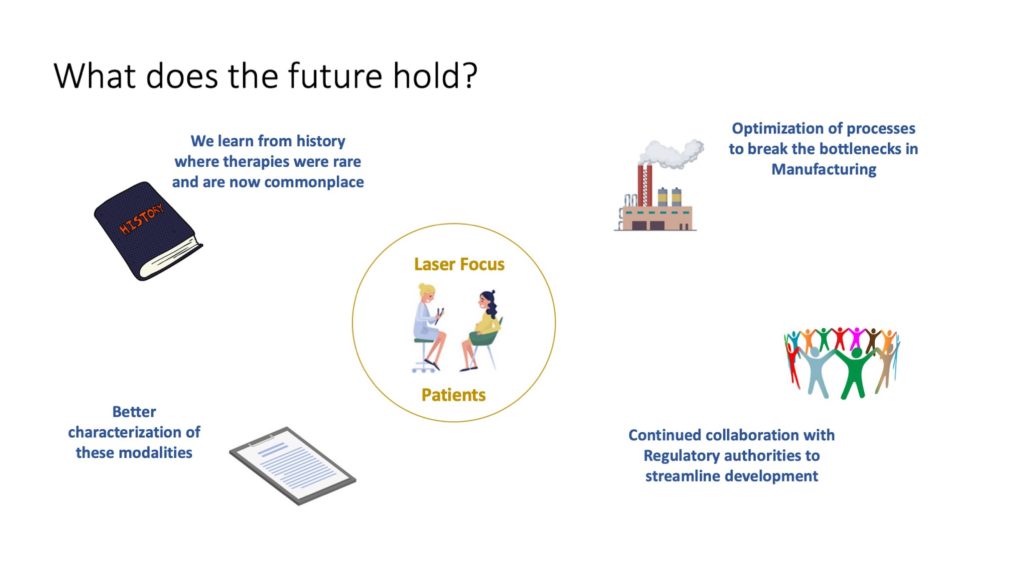Diane Blumenthal is head of technical development at Spark Therapeutics, the first company to develop an FDA-approved treatment for an inherited disease. In an exclusive interview with GEN, Blumenthal said: “If you look back in history to how any new medicine has been developed, there’s a specific pattern. You make a unique discovery, demonstrate it works, and then come up with a novel engineering solution to deliver to patients.”
According to Blumenthal, this pattern occurred with the discovery of penicillin in the 1920s, recombinant DNA in the 1980s, and monoclonal antibodies in the 1990s. Even the commercialization of Spark’s LUXTURNA® in 2017 started with research-level technologies, such as roller bottles, with future products pivoting to more efficient, scalable techniques over time.
She argues this pattern isn’t inevitable for the gene therapy industry, but this depends on manufacturers learning from the lessons of the past.

“Increasing the speed to market is important because, once there’s clinical evidence that the product has efficacy, we need to move quickly. Clinical trials used to be the rate-limiting step, but now it’s manufacturing and other CMC [chemistry manufacturing control] challenges,” she says.
Accelerating the manufacturing process decreases time to market, thereby benefitting gene therapy patients, many of whom have unmet medical needs.
Among the challenges facing the industry, as it tries to accelerate, are developing analytics to understand viral capsid chemistry and how it affects drug delivery to target tissue, Blumenthal explains.
“A key message is about analytics. When we need to make improvements—to the process or scale up—achieving comparability needs to be clear and better understood,” she continues.
Other challenges include dealing with the immune response to gene products. In her recent talk at the Bioprocessing Summit Europe virtual, Blumenthal discussed the need for innovation and speed, and ways to apply existing experiences of biotechnology development to improve gene therapy.
Other topics she touched on include the need to improve upon the technologies currently in use in gene therapy manufacture, such as transient transfection, as well as the use single-use technologies, and thoughts on the role of contract manufacturers in this space.


